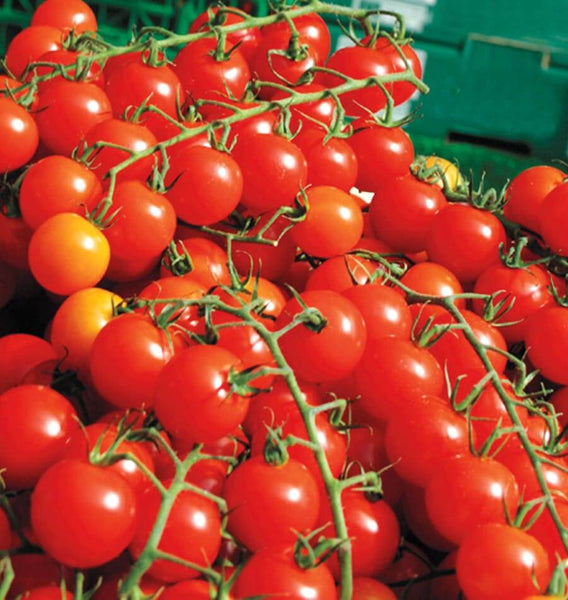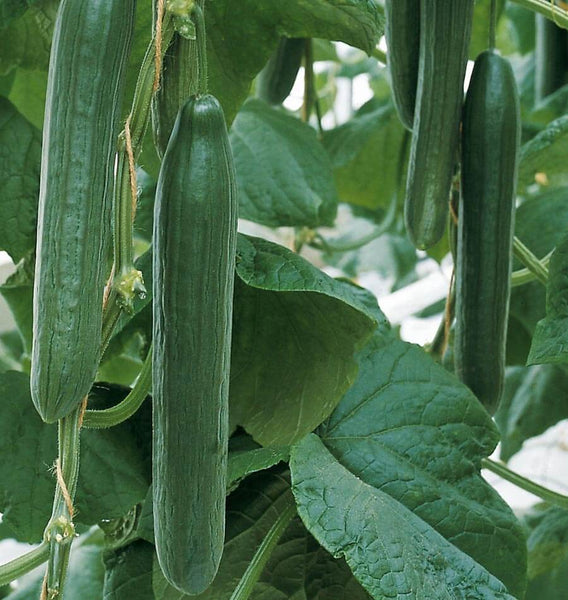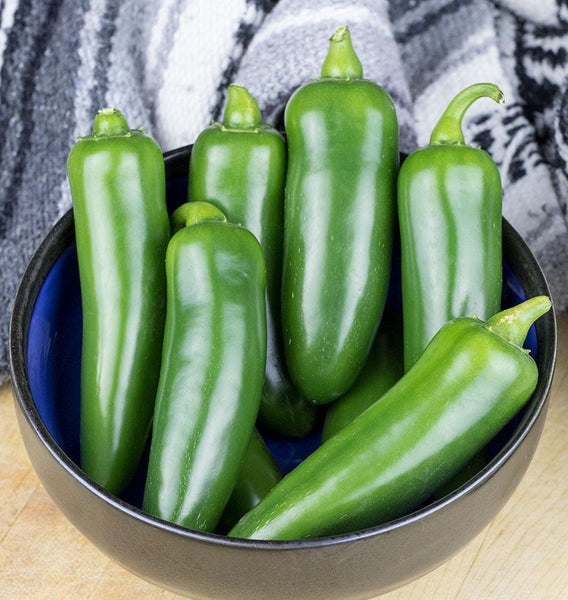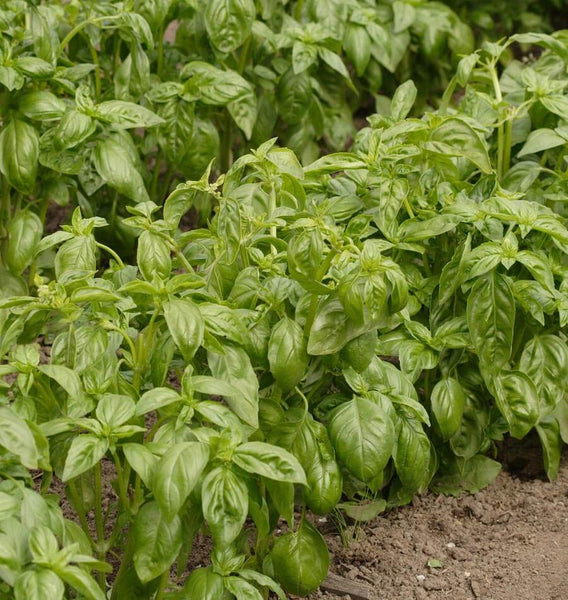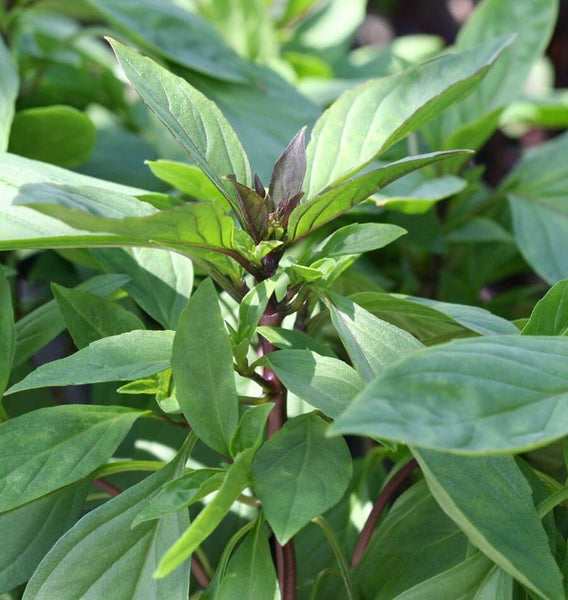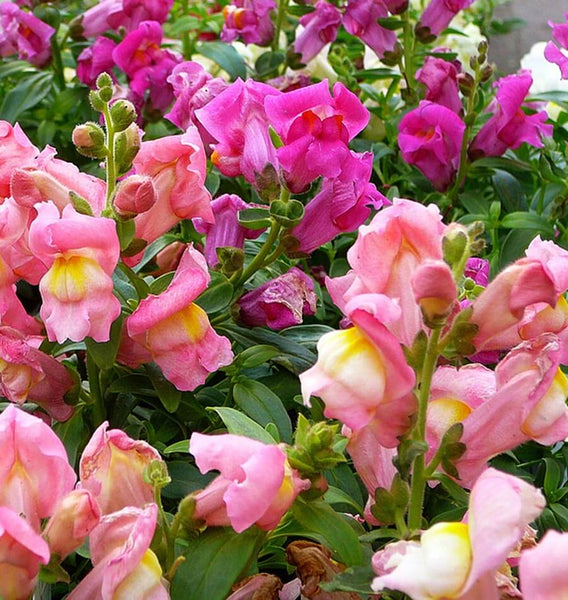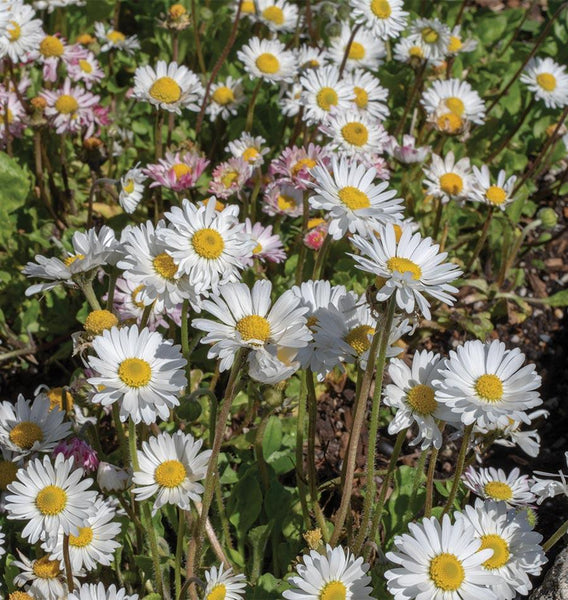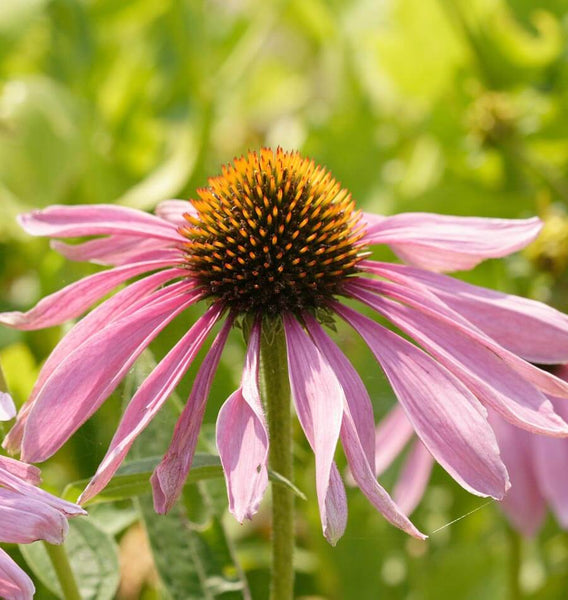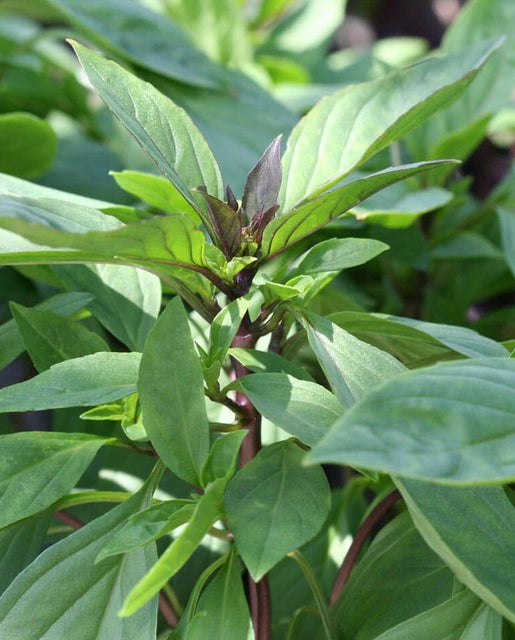Harvest
Frequent harvesting will prolong the life of the plant. Basil leaves have the best flavour just before the plant flowers, and if you plan to preserve some of your basil or make a big batch of pesto, this is the best time to harvest. Flowering can be delayed by pinching or clipping off new flower buds.
Tear basil rather than chop with a knife because when you chop you will notice the basil going dark. The oil stays in the leaf and does not properly flavour your food. Try to add just before serving so as to get the full aroma and effect. Cooking for any length tends to make the minty side of basil come to the forefront.
Basil is best fresh, but can be preserved by drying or by freezing. To do this, tear the leaves into small pieces and freeze small batches of them, with water, in ice cube trays. Once frozen, the cubes can be saved in zip-lock type bags and labeled for later use. This will preserve the fresh flavour of basil for up to four months.
For a large harvest, cut off as much as a half the plant at once.
